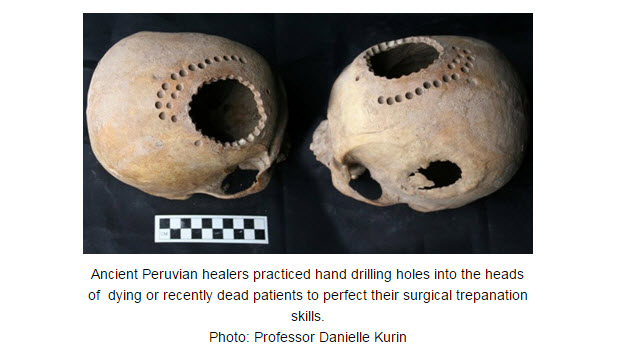
The practiced craft of ancient Peruvian skull surgery
It is a well-established fact that ancient Peruvian healers were experts in trepanation — the surgical removal of a piece of the skull usually to treat hematomas or cranial fractures.
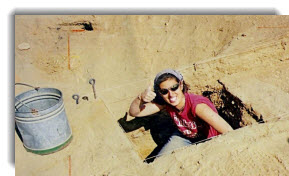
But what do we know about the ancient healers who performed these operations? What surgical techniques did they employ, and what kind medical training did they receive?
University of California at Santa Barbara bioarchaeologist Danielle Kurin and her research team have just published a study in the American Journal of Physical Anthropology that delves into that subject.
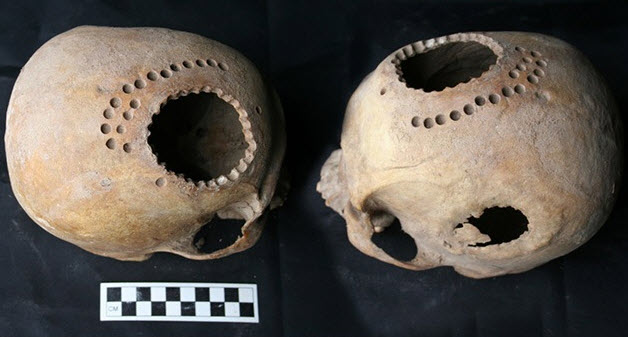
Ancient Peruvian healers practiced hand drilling holes into the heads of dying or recently dead patients to perfect their surgical trepanation skills.
Photo: Professor Danielle Kurin
Working with the burial remains of 32 individuals unearthed in Peru’s south-central Andean province of Andahuaylas, Kurin reportedly studied 45 separate trepanation procedures that date back to Late Intermediate Period (Common Era 1000-1250).
The healers who performed the surgeries used scraping tools and hand drills with differing degrees of success.
“Scraping trepanations evinced the highest survival rate,” according to Kurin’s article Abstract, while “circular grooving, drilling and boring, and linear cutting were far less successful.”
She also found evidence of postmortem trepanations, suggesting the ancient healers practiced on corpses to perfect their technique.
“In one example, each hole is drilled a little deeper than the last,” Kurin told the UC Santa Barbara publication The Current. “So you can imagine a guy in his prehistoric Peruvian medical school practicing with his hand drill to know how many times he needs to turn it to nimbly and accurately penetrate the thickness of a skull.”
If you like this post, please remember to share on Facebook, Twitter or Google+
 Lima Airport Announces Sweeping Expansion Plan
Lima Airport Announces Sweeping Expansion Plan 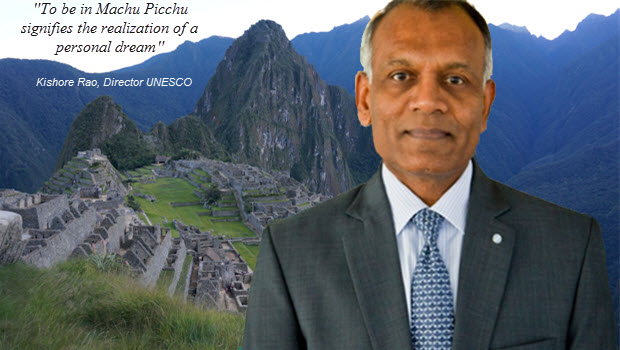 UNESCO chief tours Machu Picchu and lauds the beautiful experience
UNESCO chief tours Machu Picchu and lauds the beautiful experience 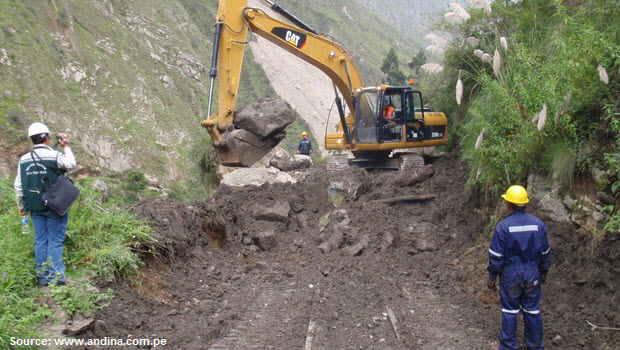 Partial train service to Machu Picchu to be back on track March 29
Partial train service to Machu Picchu to be back on track March 29 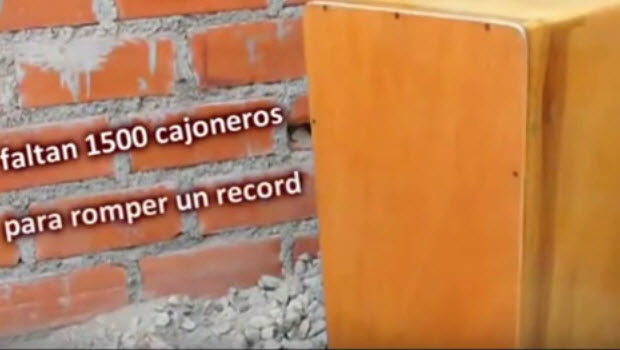 Want to be part in the largest Afro-Peruano Cajón jam session ever?
Want to be part in the largest Afro-Peruano Cajón jam session ever? 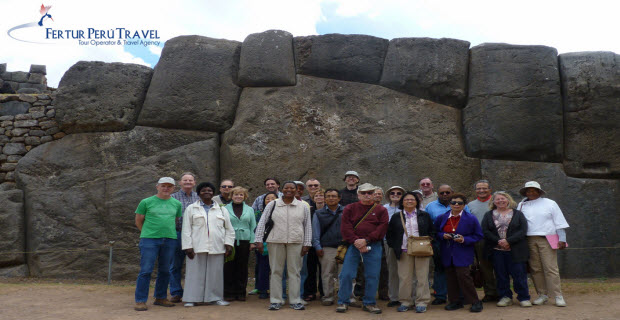 Congratulations to winner of the 2013 Peru Tour & Scrabble Tournament
Congratulations to winner of the 2013 Peru Tour & Scrabble Tournament 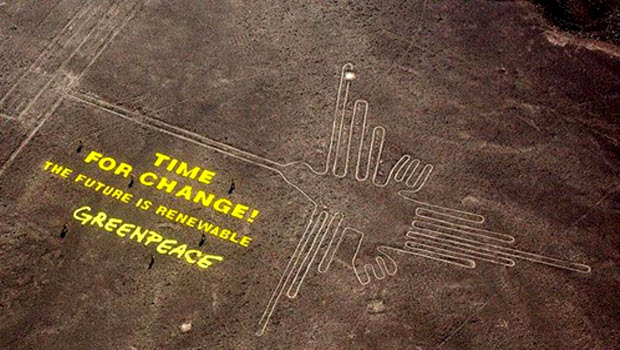 Greenpeace activists in hot water over Nasca Lines act
Greenpeace activists in hot water over Nasca Lines act  Peru wins World’s Best Culinary Destination prize at World Travel Awards
Peru wins World’s Best Culinary Destination prize at World Travel Awards 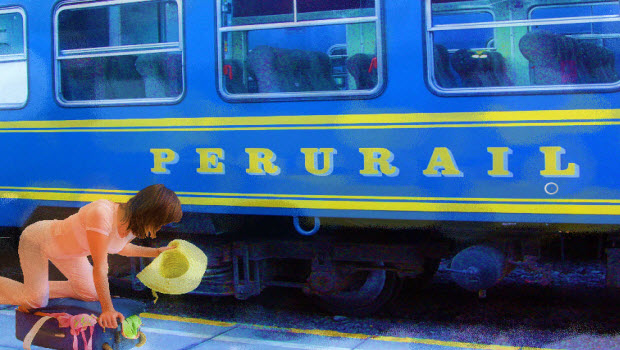 Rain and Sacred Valley rail repairs prompt PeruRail train detour
Rain and Sacred Valley rail repairs prompt PeruRail train detour